Shortcuts
Title Page
An Improved DC Recovery Method from AC Coefficients of DCT-Transformed ImagesShujun Li1, Junaid Jameel Ahmad1, Dietmar Saupe1 and C.-C. Jay Kuo2
1 University of Konstanz, Germany
2 University of Southern California, USA
In Proceedings of 17th IEEE International Conference on Image Processing (ICIP 2010, Hong Kong, China, September 26-29, 2010), pp. 2085-2088, IEEE.
Copyright 2010 IEEE. Published in Proceedings of 2010 17th IEEE International Conference on Image Processing (ICIP 2010, Hong Kong, China, September 26-29, 2010), pp. 2085-2088, 2010, DOI: 10.1109/ICIP.2010.5653467. Personal use of this material is permitted. However, permission to reprint/republish this material for advertising or promotional purposes or for creating new collective works for resale or redistribution to servers or lists, or to reuse any copyrighted component of this work in other works, must be obtained from the IEEE. Contact: Manager, Copyrights and Permissions / IEEE Service Center / 445 Hoes Lane / P.O. Box 1331 / Piscataway, NJ 08855-1331, USA. Telephone: + Intl. 908-562-3966.
ATTENTION: We have found an even better method that significantly outperforms this one and can also handle the case when more than one DCT coefficient is missing. A paper about the new method has been accepted to ICIP2011. Click here to see more details.
Abstract
Motivated by the work of Uehara et al. [1], an improved method to recover DC coefficients from AC coefficients of DCT-transformed images is investigated in this work, which finds applications in cryptanalysis of selective multimedia encryption. The proposed under/over-flow rate minimization (FRM) method employs an optimization process to get a statistically more accurate estimation of unknown DC coefficients, thus achieving a better recovery performance. It was shown by experimental results based on 200 test images that the proposed DC recovery method significantly improves the quality of most recovered images in terms of the PSNR values and several state-of-the-art objective image quality assessment (IQA) metrics such as SSIM and MS-SSIM.Links
- The paper: http://www.hooklee.com/Papers/ICIP2010.pdf (1.0 MB)
- The Poster: http://www.hooklee.com/Papers/ICC2010-Poster.pdf (1.94 MB)
- BibTEX: http://www.hooklee.com/Papers/ICIP2010.txt
- arXiv preprint: http://arxiv.org/abs/1002.1727
- MATLAB code: http://hooklee.com/Papers/Data/AC2DC/Code.zip (see readme.txt for information on how to run the code)
-
200 Test Images (see readme.txt inside each zip package for a copyright statement)
- 98 test images collected from the different standard test image databases plus two images taken by Shujun Li (9.44 MB) (we do NOT hold the copyrights except for Japanese_Harpists.pgm and Pipa_Player.pgm whose copyrights are held by Shujun Li).
- 100 images taken by Shujun Li from 2003-2008 (6.37 MB).
-
All images whose copyrights are held by Shuju Li are released under the Creative Commons Attribution-NonCommercial-ShareAlike 3.0 Unported License
 .
.
You are appreciated if you can inform Shujun Li for using this database for your own research.
External links
- MeTriX MuX Visual Quality Assessment Package: http://foulard.ece.cornell.edu/gaubatz/metrix_mux
- XML Toolbox for Matlab: http://www.geodise.org/toolboxes/generic/xml_toolbox.htm
USO Method vs. Our Proposed FRM Method
- USO = Uehara, Safavi-Naini and Ogunbona (authors of [1])
- FRM = Under/Over-Flow Rate Minimization (FRM)
Two Properties
- Property 1: The difference between two neighboring pixels is a Laplacian variate with zero mean and a small variance.
- Property 2: The range of pixel values calculated from DC-free edition of a block (i.e., only from AC coefficients of this block) constrains the value of the DC coefficient of this block.
USO Method
- Step 1: Choose a corner block of the DC-free image as the initial reference block and estimate DC coefficients of other blocks by scanning the whole image from the initial reference block to the diagonally opposite corner block. Property 1 is used to estimate the DC of each block from its neighboring block. When there are two neighboring blocks, the two estimates are averaged.
- Step 2: First, calculate the valid DC range of each block. Then, intersect all DC ranges to get a range that is used to adjust the average intensity of the whole image.
- Step 3: Repeat Steps 1 and 2 by choosing the four corner blocks as initial reference blocks, and average the images obtained from four different scans to get the final result.
- Step 4: A post-processing operation, which includes the re-scaling of the whole image or the adjustment of under/over-flow pixel values only, is performed to make all pixel values in the valid range.
FRM Method
- Step 1: Choose a corner block of the DC-free image as the initial reference block with a guessed DC. Estimate DC coefficients of other blocks by scanning the whole image from the initial reference block to the diagonally opposite corner block. Property 1 is used to estimate the DC of each block from its neighboring block. When there are two neighboring blocks, the two estimates are averaged. For each block, if the estimated DC coefficient is outside of the valid range, re-adjust the estimated DC toward the valid range until all pixel values enter that range.
- Step 2: Repeat Step 1 for different DC values of the initial reference block. Look for the DC value leading to the minimal under-/over-flow rate (i.e., the minimal number of blocks that need re-adjustment of the estimated DC coefficients).
- Step 3: Repeat Steps 1 and 2 by choosing the four corner blocks as initial reference blocks, and average the images obtained from four different scans to get the final result.
Performance Comparison
Original Image  DC-Encrypted Image
DC-Encrypted Image

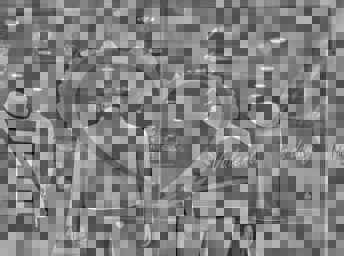
Simple DC Recovery Method
This method simply sets the DC coefficient of each block to be the midpoint of the valid range.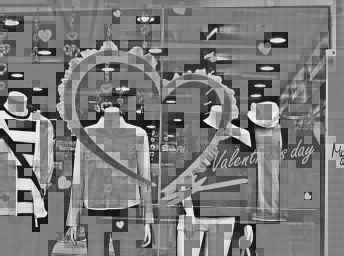
USO Method
 +
+  +
+ 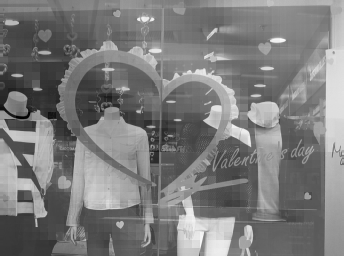 +
+ 

Our FRM Method
 +
+  +
+  +
+ 

Performance Comparison: Yet Another Example
Original Image  DC-Encrypted Image
DC-Encrypted Image

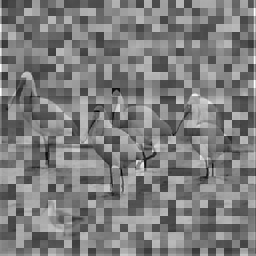
Simple DC Recovery Method
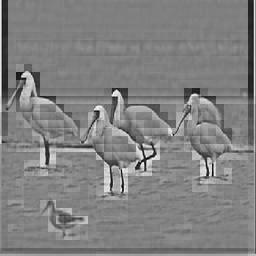
USO Method
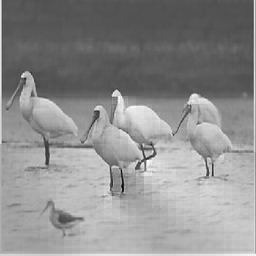 +
+ 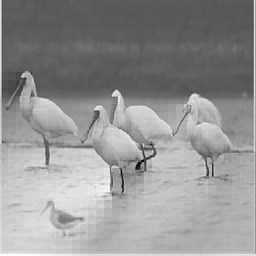 +
+ 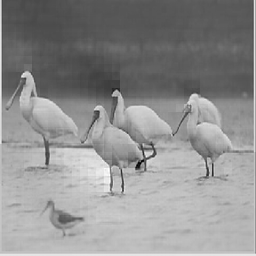 +
+ 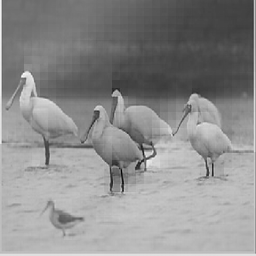

Our FRM Method
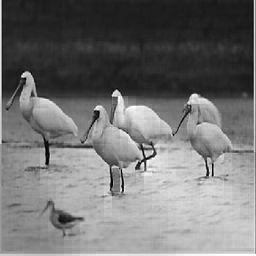 +
+ 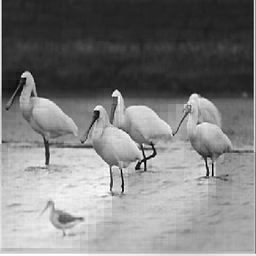 +
+ 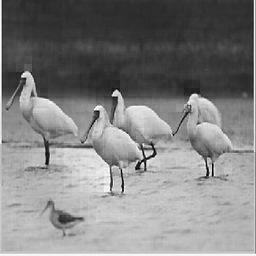 +
+ 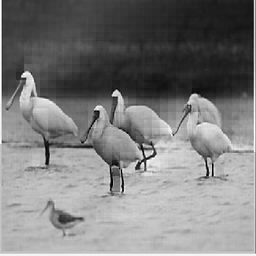
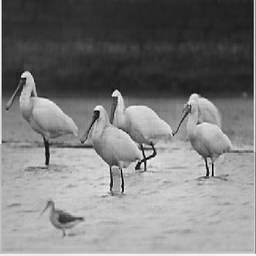
USO vs. FRM (200 Test Images)
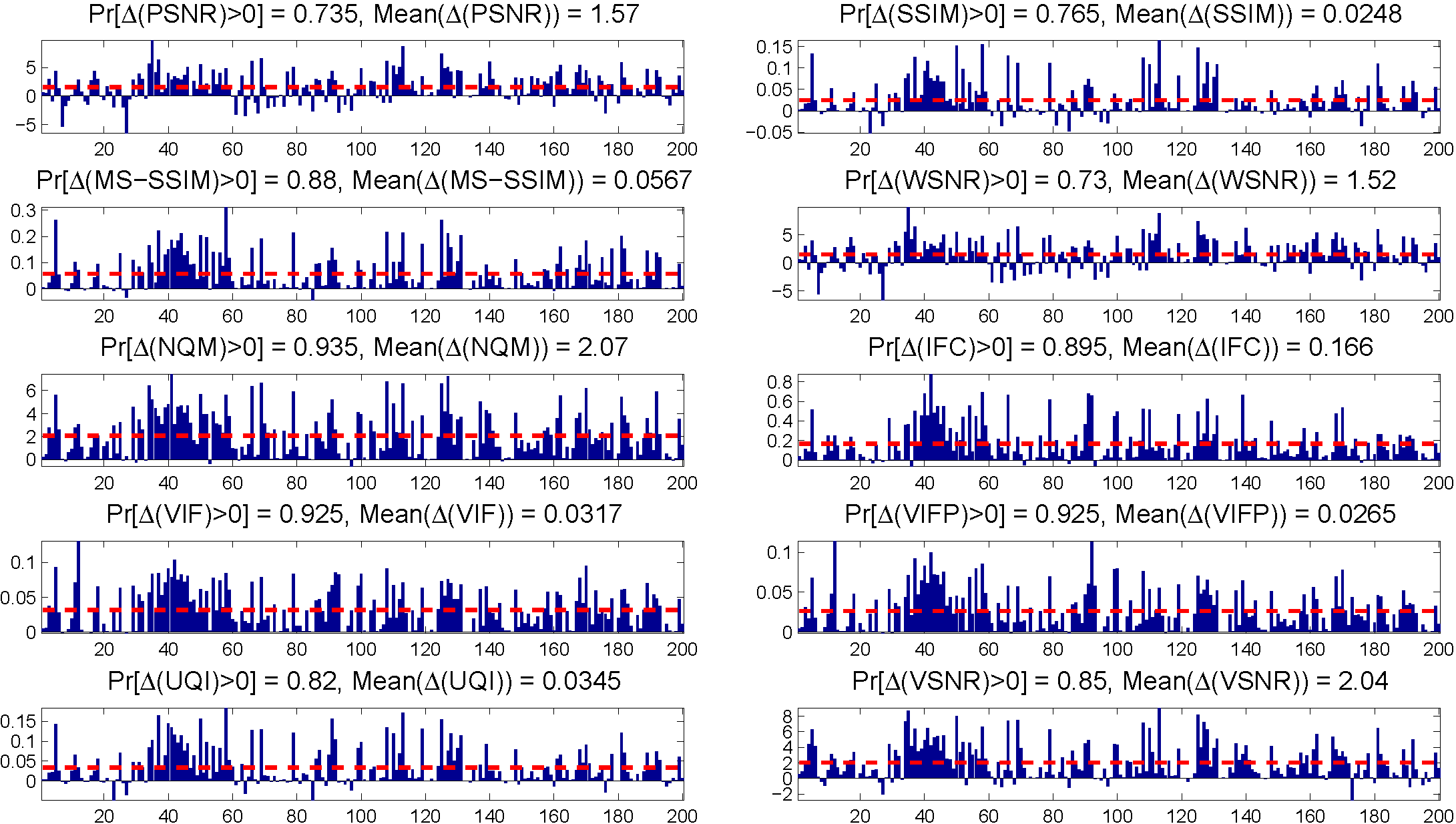
Figure 6: The performance improvement of the proposed FRM method over the USO method using different IQA metrics. Note that the range of some metrics (SSIM, MS-SSIM, VIF, VIFP, UIQ) is [0,1], so the mean values corresponding to these metrics are relatively small.
A vector graphics edition of Figure 6 (which can be enlarged to see more detail) is available for downloading at http://hooklee.com/Papers/Data/AC2DC/FRM_vs_USO_IQAs.pdf.